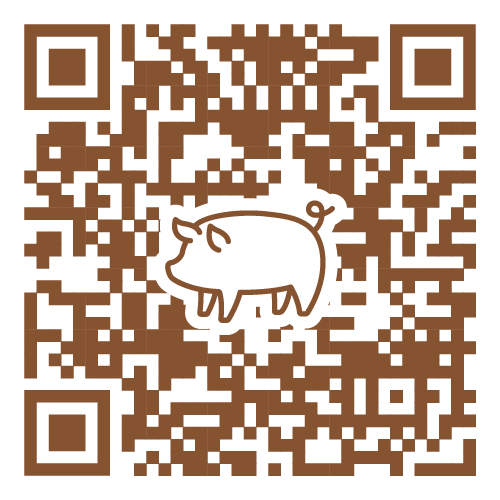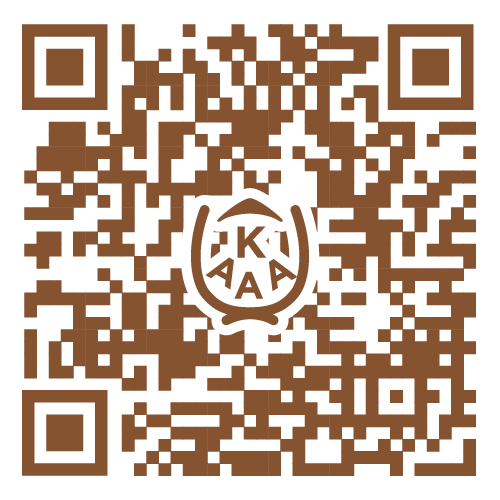Sham Shek Tsuen, named after the two local bays of Sham Wat and San Shek, was established in 1956. Most of its villagers came from mainland China, primarily from Chaozhou and Shantou of Guangdong, and they made a living by farming. Sham Shek was mostly mountainous, and there was not much flat land that could be used for rice cultivation. Moreover, rice cultivation in Hong Kong had gradually declined since the 1950s and 1960s. Due to the influx of cheap white rice from other places (such as Australia and Thailand), rice cultivation was not profitable. Many farmers cultivating rice in the New Territories, including those on the Lantau Island, abandoned farming, and some of them grew vegetables, raised livestock and planted fruit trees or operated orchards and pigsties instead.
Pig breeds before improvement (1930-1933)
(Source: Public Records Office, Government Records Service)
Pig breeds after improvement (Photo taken in 1950s-1970s)
(Source: The Hong Kong Heritage Project)
In 1958, the government approved the building of a large-scale irrigation ditch on a mountain in Sham Shek Tsuen to collect water from the mountains for irrigation, and new lands were reclaimed along the mountains. In the same year, the KAAA also worked in Sham Shek. It provided agricultural loans to villagers of Sham Shek and helped them build agricultural facilities such as village houses, storage tanks, irrigation channels, pigsties and others, just like how it helped other rural areas in the New Territories and on Lantau Island. It also donated cement to for the expansion of the pier and handed out seeds, sows and day-old chicks. In addition, the KAAA donated labour-saving automatic irrigation equipment such as water pipes, water pumps and sprinklers. These agricultural facilities greatly improved the irrigation and agricultural productivity, and villagers were able to live a prosperous and contented life because of the increase in income brought by vegetable farming and livestock breeding. Sham Shek Tsuen is the place with the largest number of existing Kadoorie Agricultural Aid Association relics in northwestern Lantau, witnessing the agricultural development of Lantau Island in the middle of last century.
In the past, Sham Shek produced many different agricultural products, including rice (white rice, black glutinous rice), fruiting vegetables (such as Chinese cabbage, white gourd, hairy gourd, bean, corn, tomato, sweet potato, taro, ginger, etc.) and fruits (such as wampi, lychee, banana, jackfruit), etc.
KAAA agricultural facilities situated in Tung Chung in the past
(Source: The Hong Kong Heritage Project
Copyright: Kadoorie Farm and Botanic Garden)


©The Government of the Hong Kong SAR Reference no. G9 /2022
Aerial Photo taken in 2021 from Lands Department
©The Government of the Hong Kong SAR Reference no. G14 /2022

In the late 1940s, there was political turbulence in the mainland, and a large number of refugees poured into Hong Kong. Together with the citizens returning to Hong Kong after the war, the population of Hong Kong increased sharply from some 600,000 just after the war to more than 2 million in 1950. Many of them could only farm, so they chose to live in the New Territories or on Lantau Island, hoping to continue to make a living by farming. They worked hard in the face of hardship. In view of this, local famous Jewish businessmen and philanthropists, the Kadoorie brothers, Lawrence Kadoorie and Horace Kadoorie, established the KAAA in 1951. The KAAA supported the agricultural policy benefiting farmers of the government at that time and launched a number of projects to aid agriculture, including giving out sows and other livestock, fertilisers and seeds, reclaiming vegetable fields, building pigsties, supporting rural construction, researching and improving local pig breeds and establishing agricultural loan funds to provide farmers with unsecured interest-free or low interest loans and other programmes, helping poor farmers and encouraging them to help themselves. Over the years, more than 300,000 local farmers have been benefited directly or indirectly from the KAAA.
Sham Shek (About 1960s)
(Source: The Hong Kong Heritage Project
Copyright: Kadoorie Farm and Botanic Garden)
From 1952 to 1970, the KAAA built a total of 297 housing blocks, 702 pigsties and 35 chicken sheds for the farmers of Lantau Island; it also donated a total of 354 cows, 4,880 pigs, 18,452 chickens and 3,000 ducks to work with villagers to build an environment where they could sustain their own living. For more information about the KAAA, please visit the website of the special collection “A partnership with the people – KAAA and Post-war Agricultural Hong Kong” on the multimedia platform “Hong Kong Memory”. (view).

You are welcome to apply the AR filter in your phone to interact with items in virtual farmyard stories from real world scenarios. Immerse in the stories for best cultural experience!
Scan the QR code on website with your phone to turn on the AR filter in Instagram. Take interesting photos between virtuality and reality.



